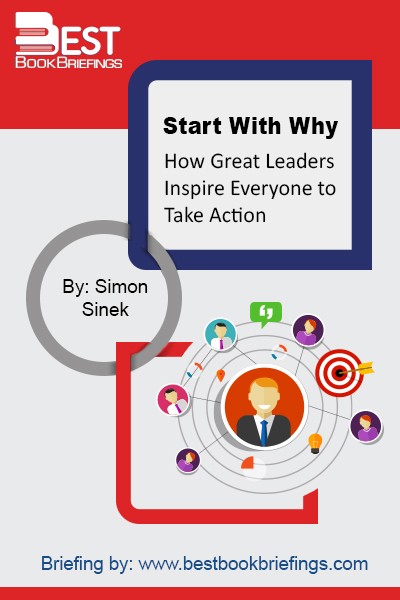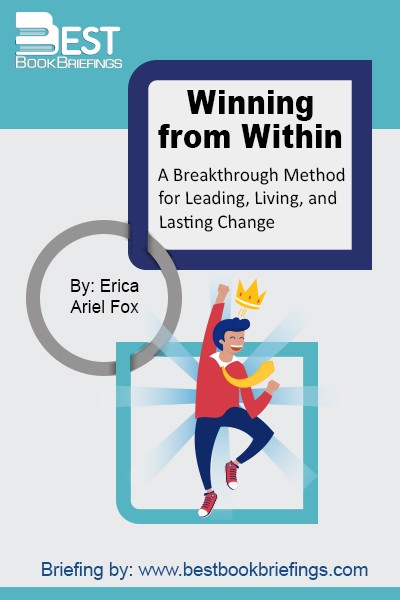A Tale of Two Beehives
Leveraging the Power of Engagement and Working Culture
Editorial Review
Do you sometimes feel that you are not efficient enough to be a leader? Do you feel that everything has gone out of hands, and you can’t manage it anymore? Maintaining change seems out of reach? Learn how to turn things around by creating a culture of engagement that provides satisfaction, fulfillment and recognition in A Tale of Two Beehives. A Tale of Two Beehives brings new insights to an important topic – employee engagement and working culture. The contemporary corporate fable is written in an engaging style that tells us how to be better leaders in today’s competitive market and provides tactics on leading the organization working culture. When you achieve employee engagement, profitability will often follow, and you can implement new methods for your own team’s success.
Book Reviews
Books on Related Topics

There is a naturally occurring pattern, a way of thinking, acting and communicating that makes some leaders able to inspire others. Those leaders may have come into the world with a predisposition to inspire. However, this ability is not reserved for them exclusively. We can all learn this way of thinking

Winning from Within combines insights from Western psychology and Eastern philosophy with practical applications from real business situations and everyday life. Fox shows that the ability to achieve mastery over how we interact with each other comes from within, from the center where desires, thoughts, feelings, and impulses to take action

Every human being needs to undergo an intellectual journey that will span the remaining course of their life and help them develop their emotional and character integrity. The idea here is to combine personal change with organizational change. A leader can attain a positive, organizational change only after they engage in



